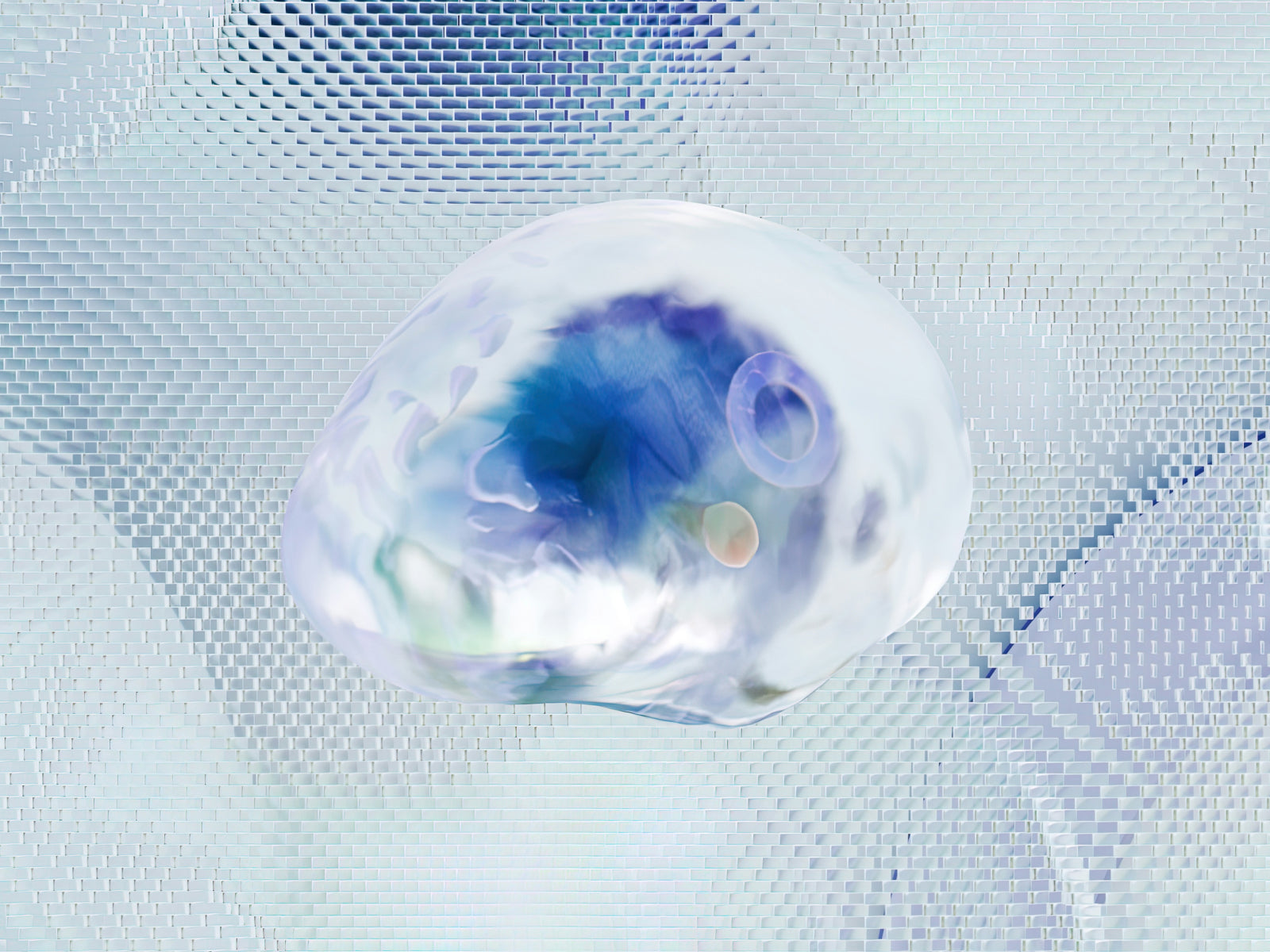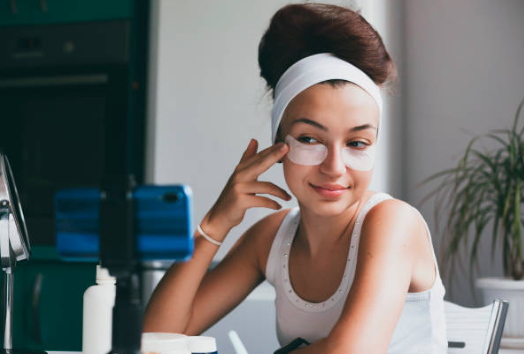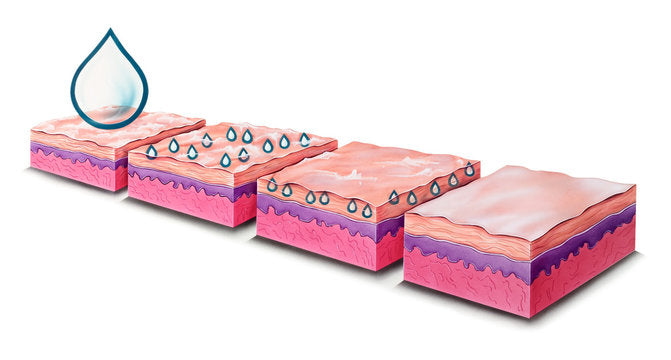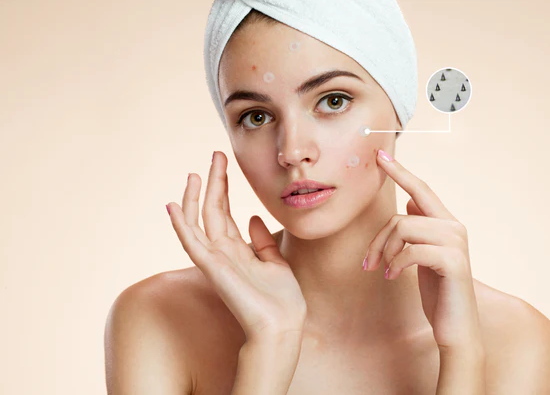In our modern lives, cosmetics have become an indispensable part of our daily routines. However, due to the complex nature of cosmetic ingredients, even a slight misstep in usage or storage can lead to product degradation. Spoiled cosmetics not only lose their original efficacy but can also harbor harmful microorganisms that may cause skin irritation, allergic reactions, and other adverse effects, seriously threatening the health of the user. Therefore, it is crucial to master the methods of identifying whether cosmetics have gone bad. This article will provide a detailed guide on how to recognize spoiled cosmetics from four aspects: scent, color, texture, and tactile sensation. By understanding these signs, consumers can use cosmetics more safely and confidently while maintaining healthy skin.
How Long Does Makeup Last?
Makeup products contain preservatives like parabens, formaldehyde-releasing agents, and phenoxyethanol to prevent the growth of bacteria and mold, extending their shelf life. These ingredients work by stopping microbes from growing, keeping the product safe and effective.

Expiration Timelines for Different Makeup Types
Even with preservatives, makeup doesn't last forever. The expiration time depends on the type of product and its ingredients.
Liquid Products (3-12 months)
Liquid products like foundation, concealer, and liquid eyeliner have a shorter lifespan of 3 to 12 months because their high water content makes them more susceptible to bacterial growth. Mascara, in particular, should be replaced every 3 to 6 months to avoid eye infections.
Cream Products (6-18 months)
Cream-based products such as cream blush, cream eyeshadow, and cream foundation typically last between 6 to 18 months. These products have a higher moisture content than powder-based products, making them more prone to microbial growth.
Powder-Based Products (1-2 years)
Powder-based products such as eyeshadows, blushes, and setting powders can last up to 2 years since their dry formulas are less hospitable to microbes. However, if you notice any changes in color, scent, or texture, it's best to discard the product.
Lip Products (1-2 years)
Most lipsticks, lip glosses, and lip balms last around 1 to 2 years. Liquid lipsticks may have a slightly shorter shelf life due to their formula. To extend the life of your lip products, store them in a cool, dry place and avoid sharing them with others.
Pencil-Type Products (1-2 years)
Eyeliners, lip liners, and brow pencils have a shelf life of 1 to 2 years because their solid formulas are less likely to be contaminated by microbes. However, it's crucial to sharpen these products regularly to remove the outer layer and maintain hygiene. If you notice any changes in texture or performance, replace the product.
Dissolving Microneedle Products
Dissolving microneedle are made from liquid raw materials at low temperature/room temperature into solid state for use. While protecting the active ingredients, they also have a longer ingredient storage time than creams.
The Period After Opening (PAO) Symbol
Many cosmetics have a PAO symbol that looks like an open jar with a number and the letter "M." This tells you how many months the product is safe to use after opening. For example, "6M" means the product should be used within 6 months of opening for best safety and performance.
How to Tell if Your Cosmetics Have Gone Bad
To keep your skin healthy and safe, it's crucial to know when your cosmetics have gone bad. You can easily check for signs of spoilage using your senses of smell, sight, and touch.
1. The Sniff Test: Trust Your Nose
Fresh cosmetics should have a pleasant, clean scent that matches the product's description. If you notice any strange, off-putting odors like sourness, excessive sweetness, or an ammonia-like smell, it's a clear sign that harmful bacteria have started to grow in the product. Some cosmetics, particularly those containing nutrients such as ginseng or pearl, are more prone to developing unpleasant odors when they expire.
2. The Look Test: Check for Color and Texture Changes
When you first open a cosmetic product, it should have a smooth, even color. Makeup products should have vibrant, attractive hues. As cosmetics deteriorate, they may appear dull, murky, or uneven in color, sometimes with spots, yellowing, or black patches. Spoiled products can also develop fuzzy bits or stringy parts, indicating bacterial growth. Cosmetics designed for specific skin concerns, like acne or anti-aging, are more susceptible to color changes when they expire.
3. The Feel Test: Observe Consistency Changes
Spoiled creams and lotions often have a thinner or runnier consistency than when they were fresh, and you might notice water separating from the product. This separation occurs because many cosmetics contain starches, proteins, and fats that break down due to bacterial growth, causing the water to leak out. Even without bacterial growth, exposing cosmetics to extreme temperatures for extended periods can lead to oil and water separation. In severe cases of spoilage, bacterial activity can produce gas, causing the product to swell and even overflow from its container.

How to Make Your Makeup Last Longer
While it's important to be aware of the signs that your makeup has gone bad, there are also steps you can take to help your products last as long as possible.
1. Proper Storage Practices
To help your makeup last as long as possible, it's important to store it correctly. Keep your cosmetics in a cool, dry place away from direct sunlight and humidity. Extreme temperatures and moisture can break down the ingredients in your makeup, causing it to spoil more quickly. Consider storing your makeup in a drawer, cabinet, or vanity that's away from windows and not exposed to temperature fluctuations from showers or sinks.
2. Hygienic Usage Habits
Practicing good hygiene when using your makeup can also extend its shelf life. Make sure to clean your brushes and applicators regularly with soap and water or a specialized brush cleaner. This helps remove bacteria, oil, and old makeup residue that can contaminate your products. Avoid sharing your makeup with others, as this can introduce new bacteria and increase the risk of contamination.
3. Tracking and Organizing Your Makeup Inventory
Keeping track of when you purchased or opened your makeup can help you stay on top of expiration dates. Consider labeling your products with the purchase or opening date using a sticker or marker. This makes it easier to identify which products are nearing the end of their shelf life. Regularly go through your makeup collection and check for any signs of spoilage, such as changes in color, texture, or scent. Purge any old or expired products to avoid using contaminated makeup that could irritate your skin or cause infections. Maintaining an organized makeup collection not only helps you keep track of expiration dates but also makes it easier to find and use the products you need.
Ensuring the Safety and Longevity of Your Cosmetics
Knowing the signs of expired makeup and following good storage and hygiene practices are crucial for keeping your skin healthy and making your cosmetics last longer. By paying attention to changes in smell, color, texture, and consistency, you can avoid using spoiled makeup that might irritate your skin or cause infections. Storing your makeup properly, keeping it clean, and regularly checking expiration dates will help you get the most out of your beauty products while ensuring your skin stays safe and healthy. Take action today to protect your skin and extend the life of your cosmetics. A little diligence goes a long way for your skincare routine.








Leave a comment
All comments are moderated before being published.
This site is protected by hCaptcha and the hCaptcha Privacy Policy and Terms of Service apply.